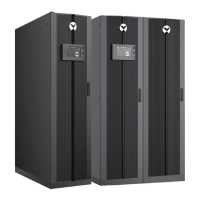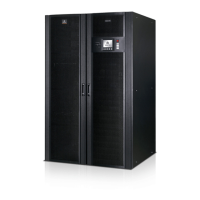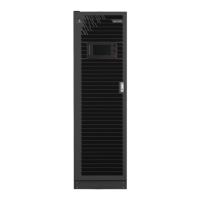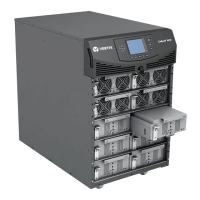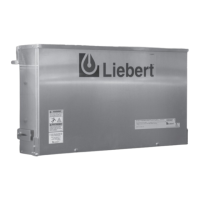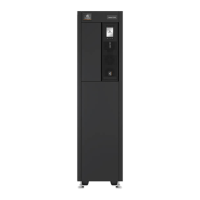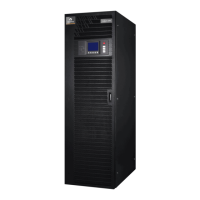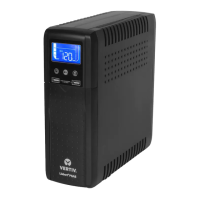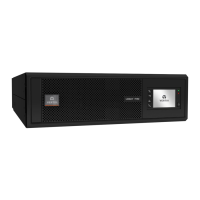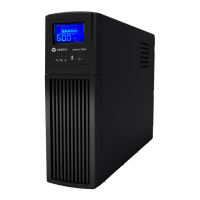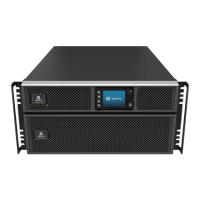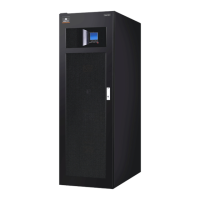Chapter 1 Installation Of UPS Rack System 20
Chapter 2 Battery Installation
2.1 General Recommendations
Take special care when operating the batteries of the LIEBERT APM UPS system. When all the battery cells
are connected, the battery voltage can exceed 400Vdc, which is potentially lethal.
Note
The precautions for battery installation, use and maintenance are to be provided by the batteryes manufacturers. The precautions
in this section include the key issues that must be considered during the installation design, which may be adjusted according to
the specific local situations.
Battery Room Design
•
The battery shall be installed and stored in a clean, cool and dry environment.
•
Do not install the battery in a sealed battery chamber or sealed room. The battery room ventilation shall at least meet
the requirement of EN50272-2001. Otherwise, battery bulging, fire and even human injury may be caused.
•
The battery shall be installed far away from the heating source (e.g. transformer). Do not use or store the battery in the
place near the heating source or burn the battery or place it into fire. Otherwise, battery leakage, bulging, fire or
explosion may be caused.
•
Batteries shall be placed in such a manner that two bare live parts with the potential difference of more than 150V shall
not be contacted at the same time. If it is unavoidable, insulated terminal cover and insulated cables shall be used for
connection.
•
If external batteries are to be used, the battery circuit breakers (or fuses) must be mounted as close as possible to the
batteries, and the connecting cables should be as short as possible..
Battery Handling
When connecting the battery, follow the precautions for high-voltage operation
•
Before accepting and using the battery, check the appearance the battery. If the package is damaged, or the battery
terminal is dirty, corroded or rusted or the shell is broken, deformed or has leakage, replace it with new product.
Otherwise, battery capacity reduction, electric leakage or fire may be caused.
o
Before operating the battery, remove the finger ring, watch, necklace, bracelet and any other metal objects
o
Wear rubber gloves and boots.
o
Eye protection should be worn to prevent injury from accidental electrical arcs.
o
Only use tools (e.g. wrench) with insulated handles.
o
Do not lay tools or metal parts on top of batteries.
o
Disconnect the charging source prior to connecting or disconnecting battery terminals.
o
Determine if battery is inadvertently g
rounded, if inadvertently grounded, remove source from ground. Contact
With any part of a grounded battery can result in electrical shock. The likelihood of such shock can be reduced
Such grounds are removed during installation and maintenance.
•
The batteryes is very heavy. Please handle and lift the battery with proper method to prevent any human injury or
damage to the battery terminal.
•
Do not decompose, modify or damage the battery. Otherwise, battery short circuit, leakage or even human injury may
be caused.
•
The battery contains sulfuric acid. In normal operation, all the sulfuric acid is attached to the separation board and plate
in the battery. However, when the battery case is broken, the acid will leak from the battery.Therefore, be sure to wear a
pair of protective glasses, rubber gloves and skirt when operating the battery. Otherwise, you may become blind if acid
enters your eyes and your skin may be damaged by the acid.
•
At the end of battery life, the battery may have internal short circuit, drain of electrolytic and erosion of positive/negative
plates.If this condition continues, the battery may have temperature out of control, swell or leak. Be sure to replace the
battery before these phenomena happen.
•
If a battery leaks electrolyte, or is otherwise physically damaged, it must be replaced, stored in a container resistant to
sulfuric acid and disposed of in accordance with local regulations.
•
If electrolyte comes into contact with the skin, the affected area should be washed immediately with water.
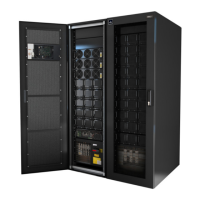
